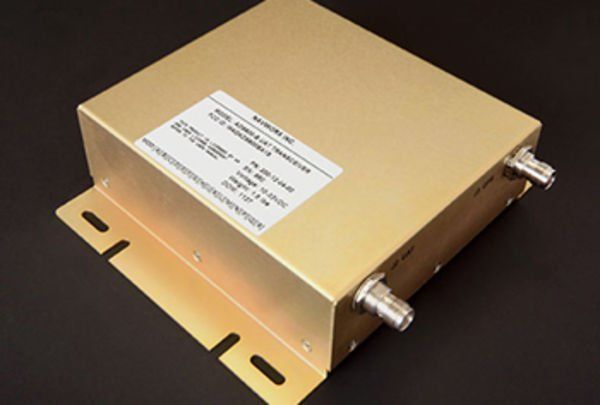
The FAA on Tuesday published its final Airworthiness Directive for certain NavWorx ADS-B devices, and included lengthy responses to issues raised by AOPA, EAA and others. The final AD (PDF) requires owners to remove, disable or modify the ADS-B unit. Removing or disabling the ADS-B unit, or revising the software, will take about one work hour, for a total of $85 per aircraft, the FAA said. Coupling the ADS-B unit with an approved external GPS will take about four work hours, for a total of $340 per aircraft. The original proposed AD would have required the units to be removed before further flight, and offered no option to modify the unit.
In its discussion of comments, the FAA said the unsafe condition in the units “relates to the potential for the NavWorx unit to incorrectly report its own position to other aircraft and to ATC, by 0.2 nautical miles (NM) or more, without providing an alert.” The units therefore “mislead ATC and nearby aircraft by broadcasting a SIL [Source Integrity Level] of 3 that they have not been shown to meet.” The AD action “addresses that potential unsafe condition,” the FAA said. The FAA denied a request by some commenters, including EAA, that the AD should not apply to experimental aircraft. “The safety risks defined in this AD extend beyond one aircraft and could affect many other aircraft as well as ATC,” the FAA said. “Therefore, we find it necessary to include experimental aircraft in the AD’s applicability.”
Sean Elliott, EAA’s vice president of advocacy and safety, told AVweb on Tuesday that his organization has “concerns” about the FAA’s conclusions.”EAA supports the FAA’s desire to alert owners of experimental aircraft to a potential condition of noncompliance and a true safety concern within the NAS,” Elliot said in an email. “EAA still has concerns regarding the regulatory basis for use of an Airworthiness Directive (AD) towards an experimental product that is not based on a type design. We will be working with the FAA to better understand their basis for applying an AD in this situation and what recourse there might be for our members.”
The FAA has said that some NavWorx ADS600-B units may contain an internal GPS chip that does not meet the FAA’s minimum performance standards for transmitting an aircraft’s accurate location. NavWorx has not denied that there is a problem with the units, but claims the FAA caused the problem by changing its ADS-B technology, and then was uncooperative with the company in trying to find a solution.

































